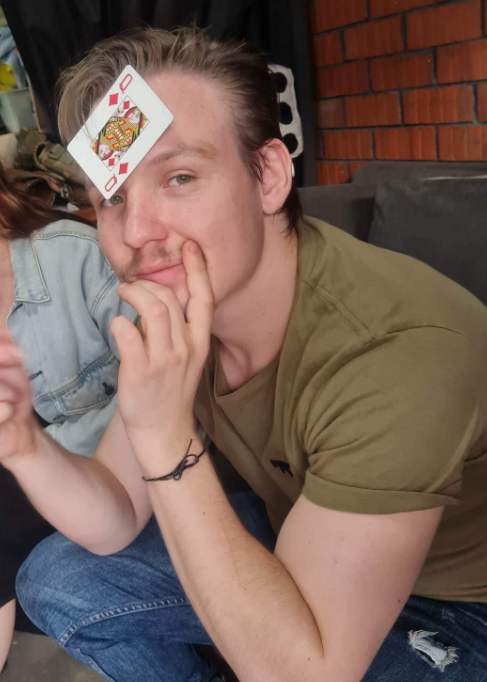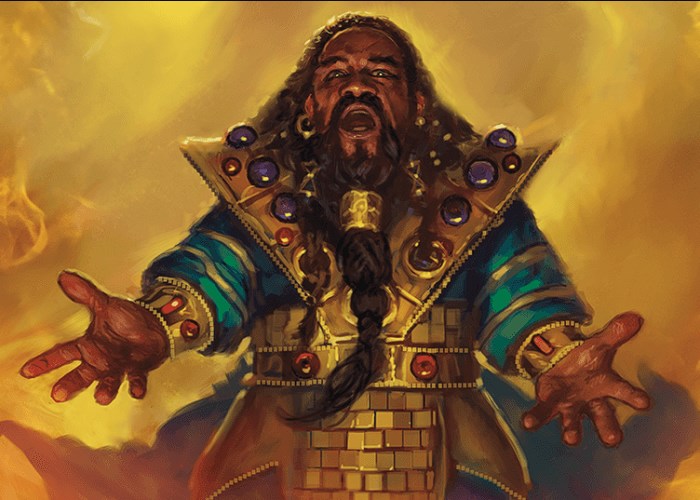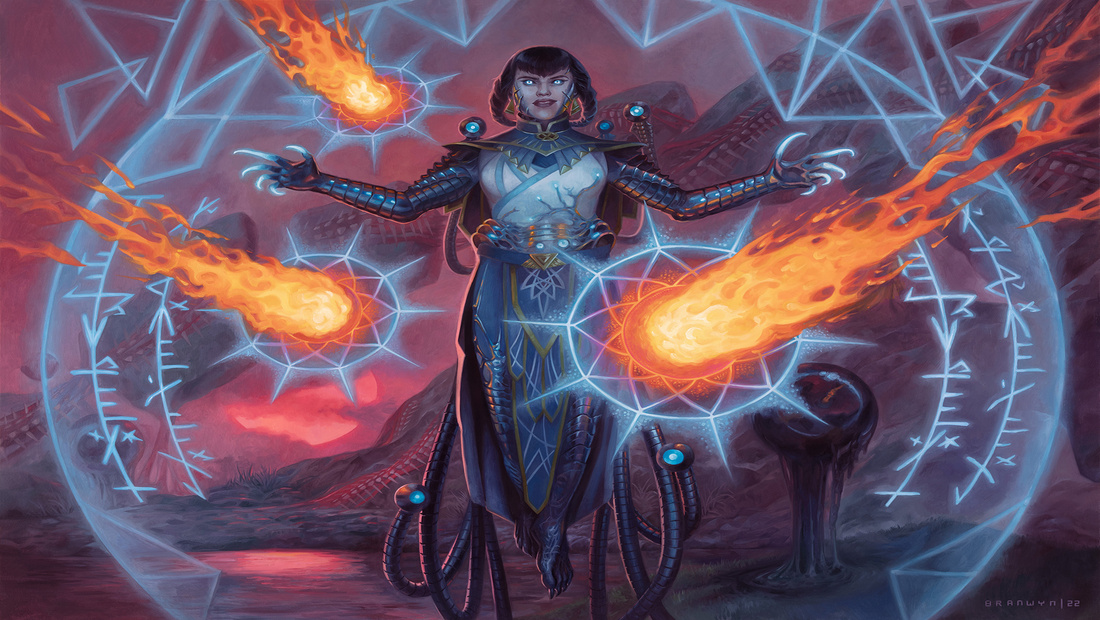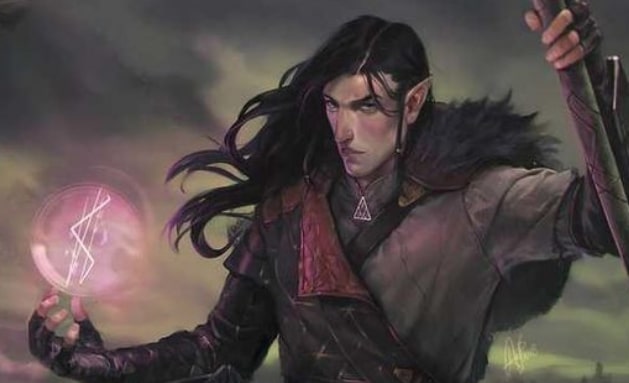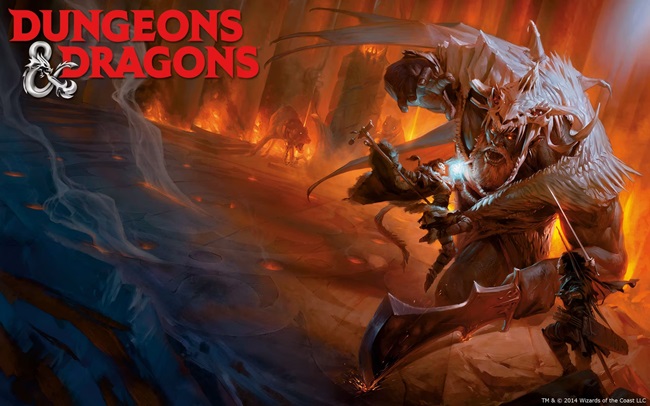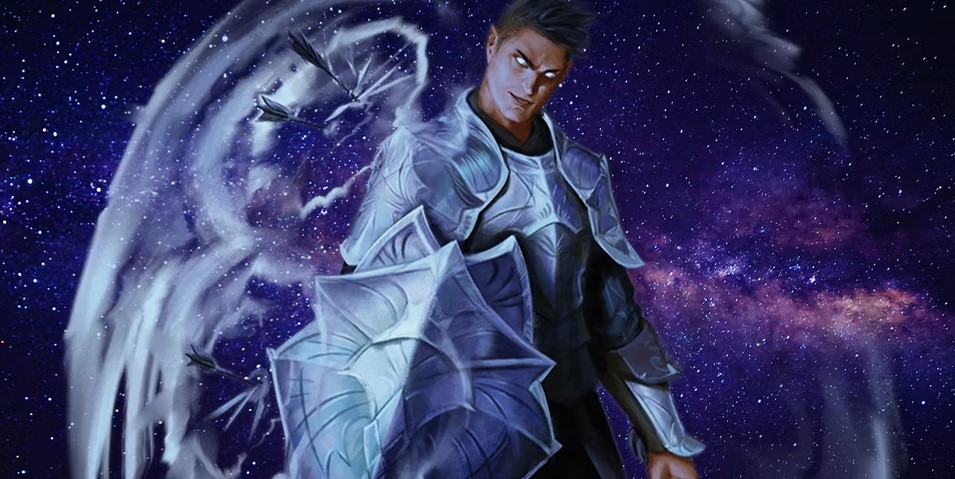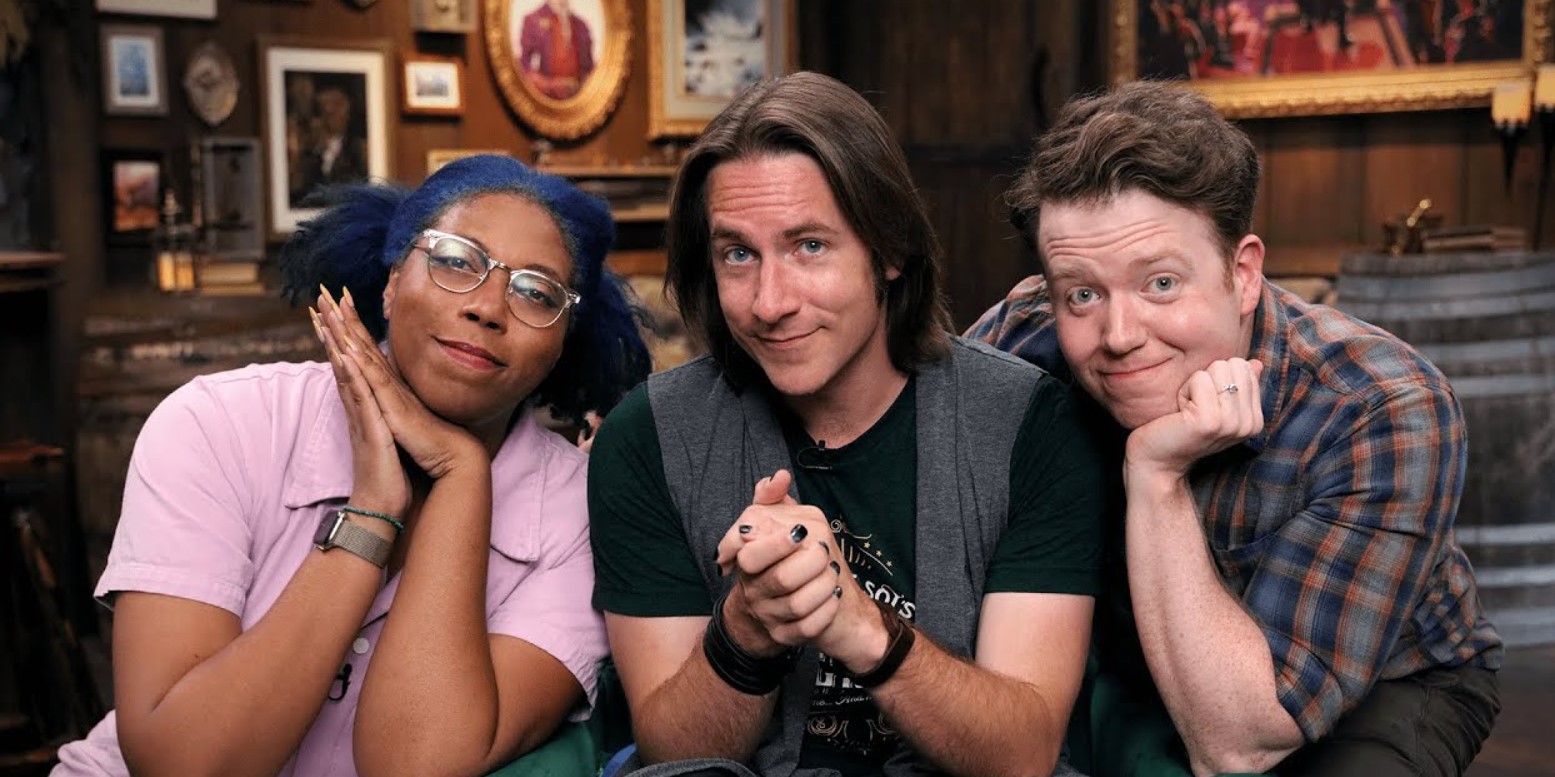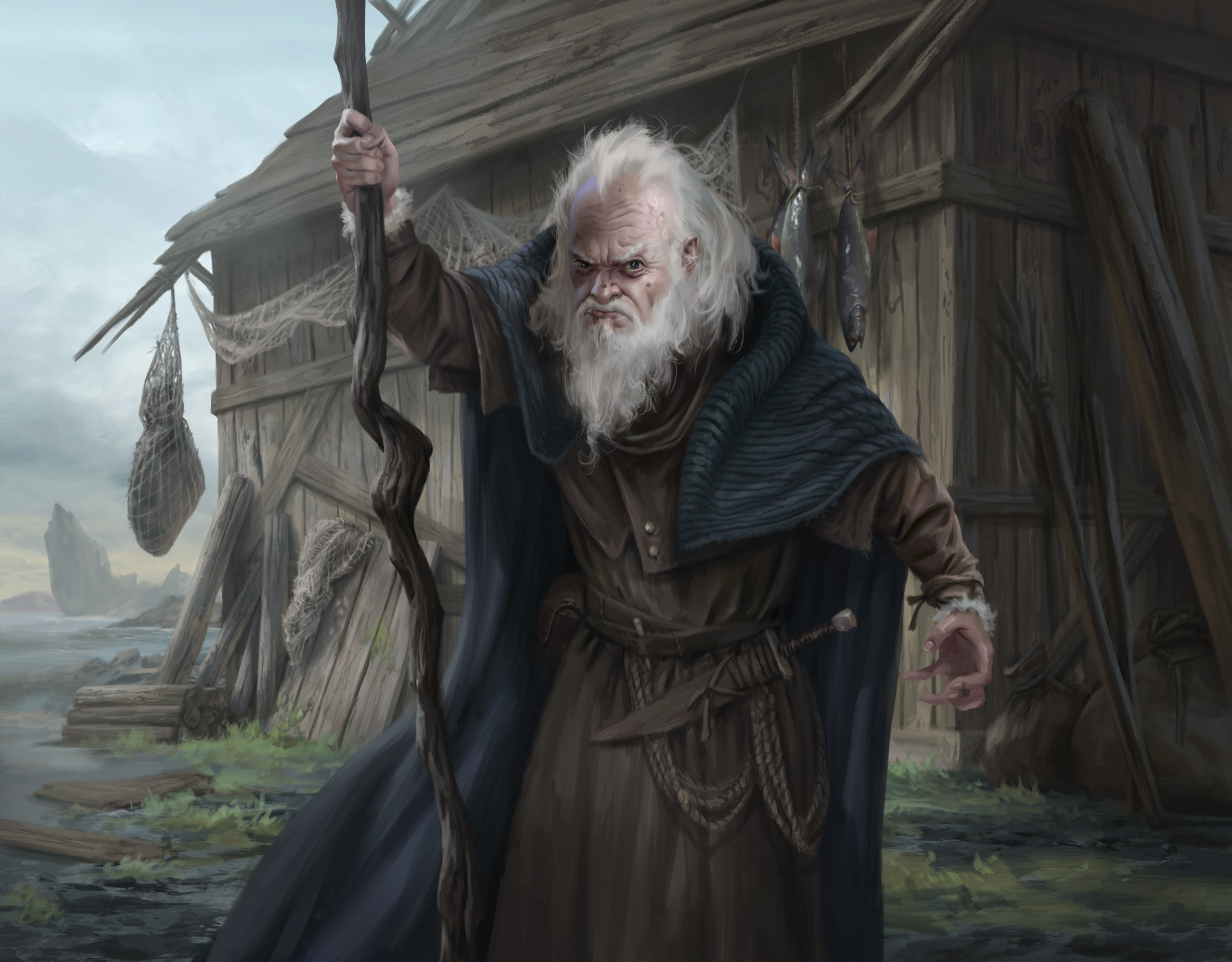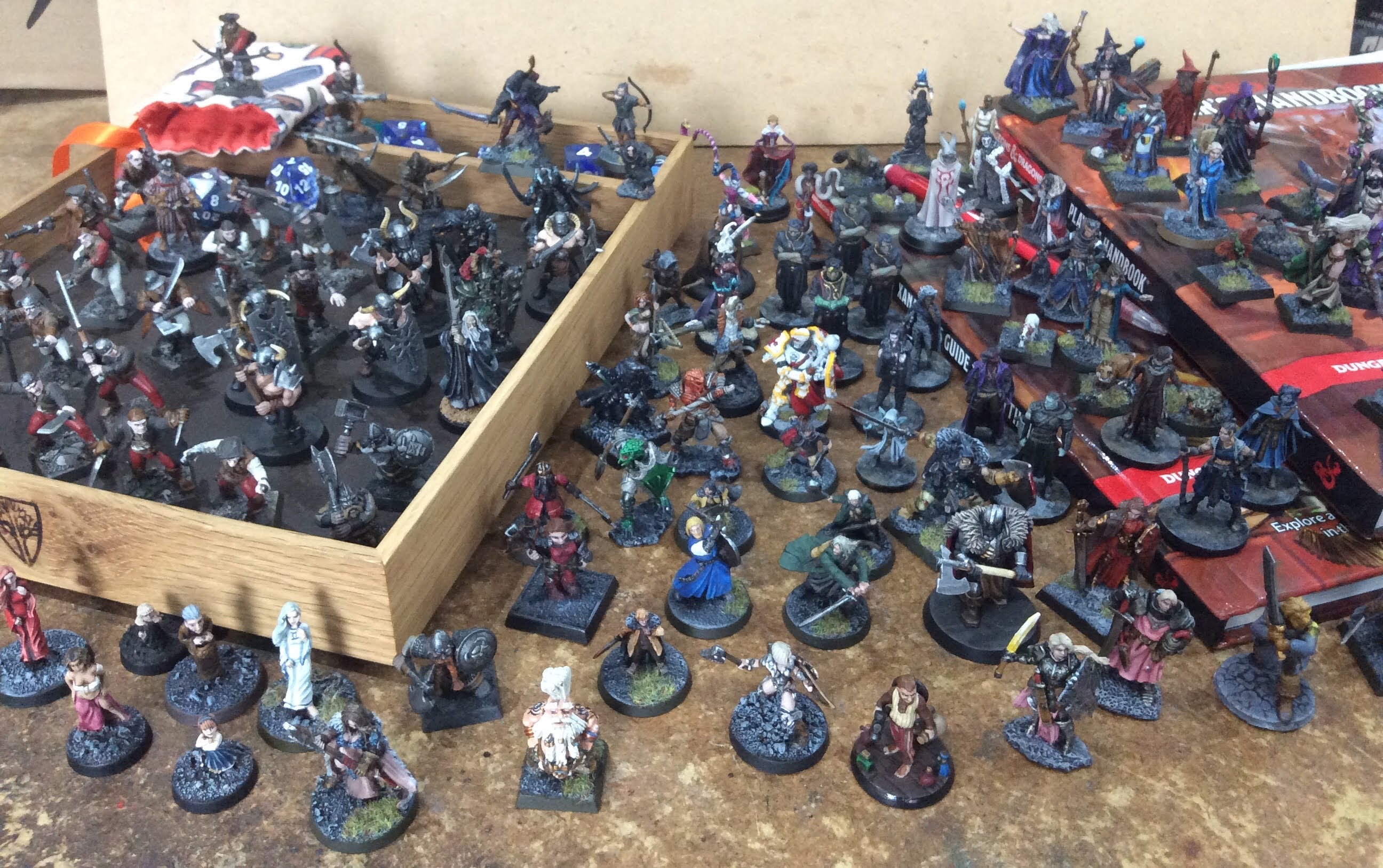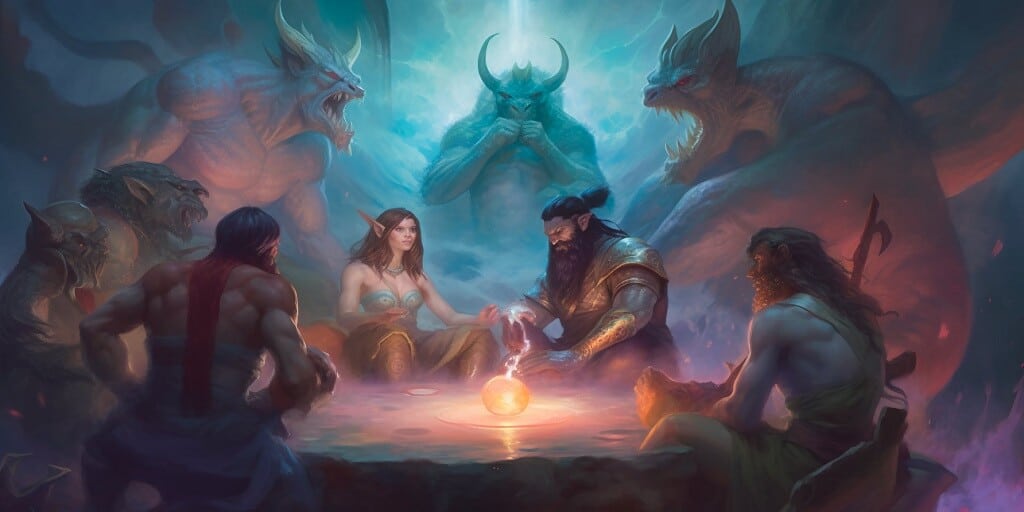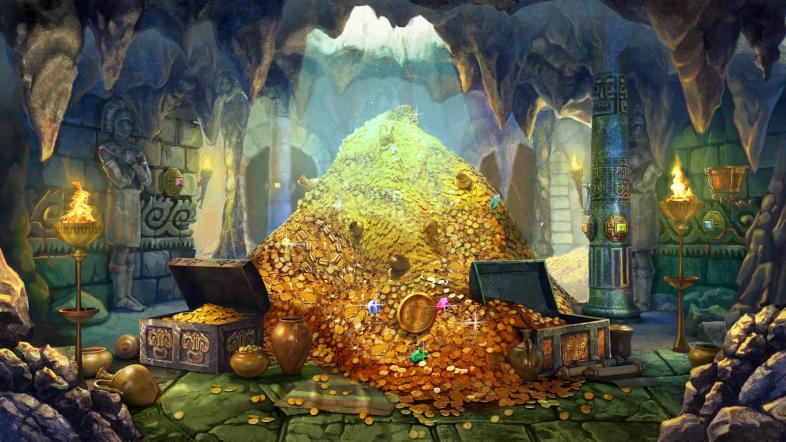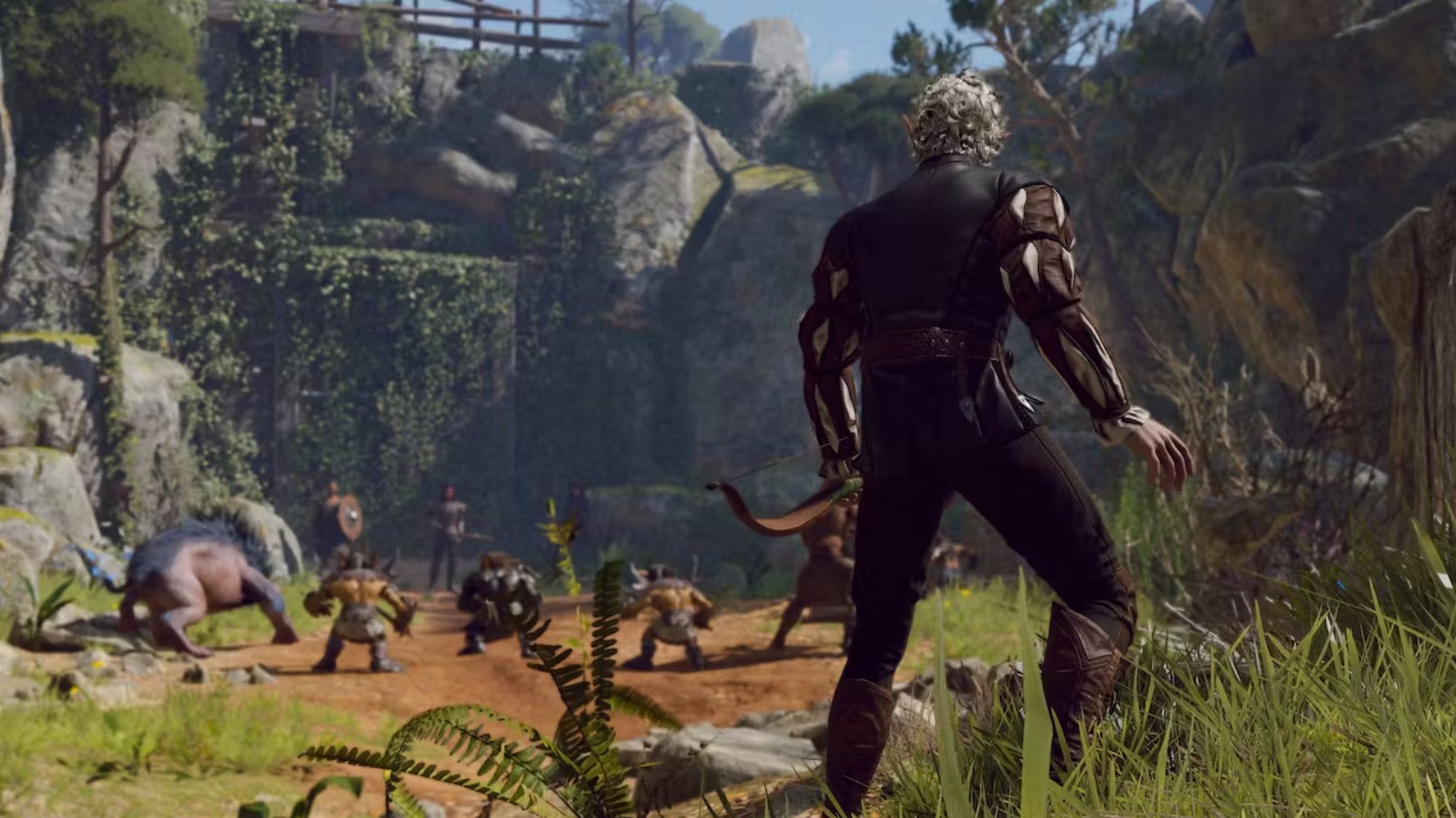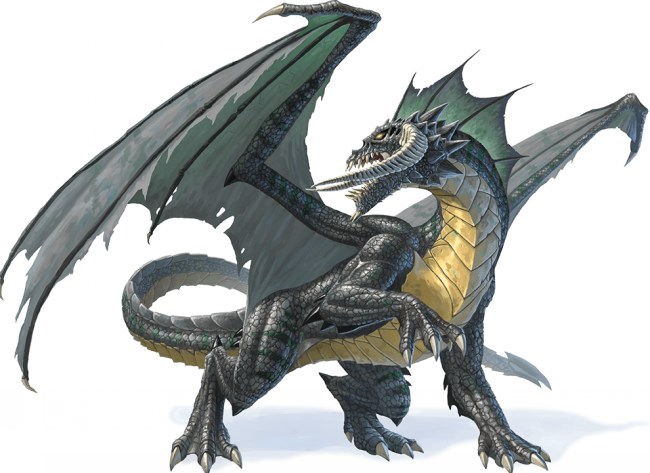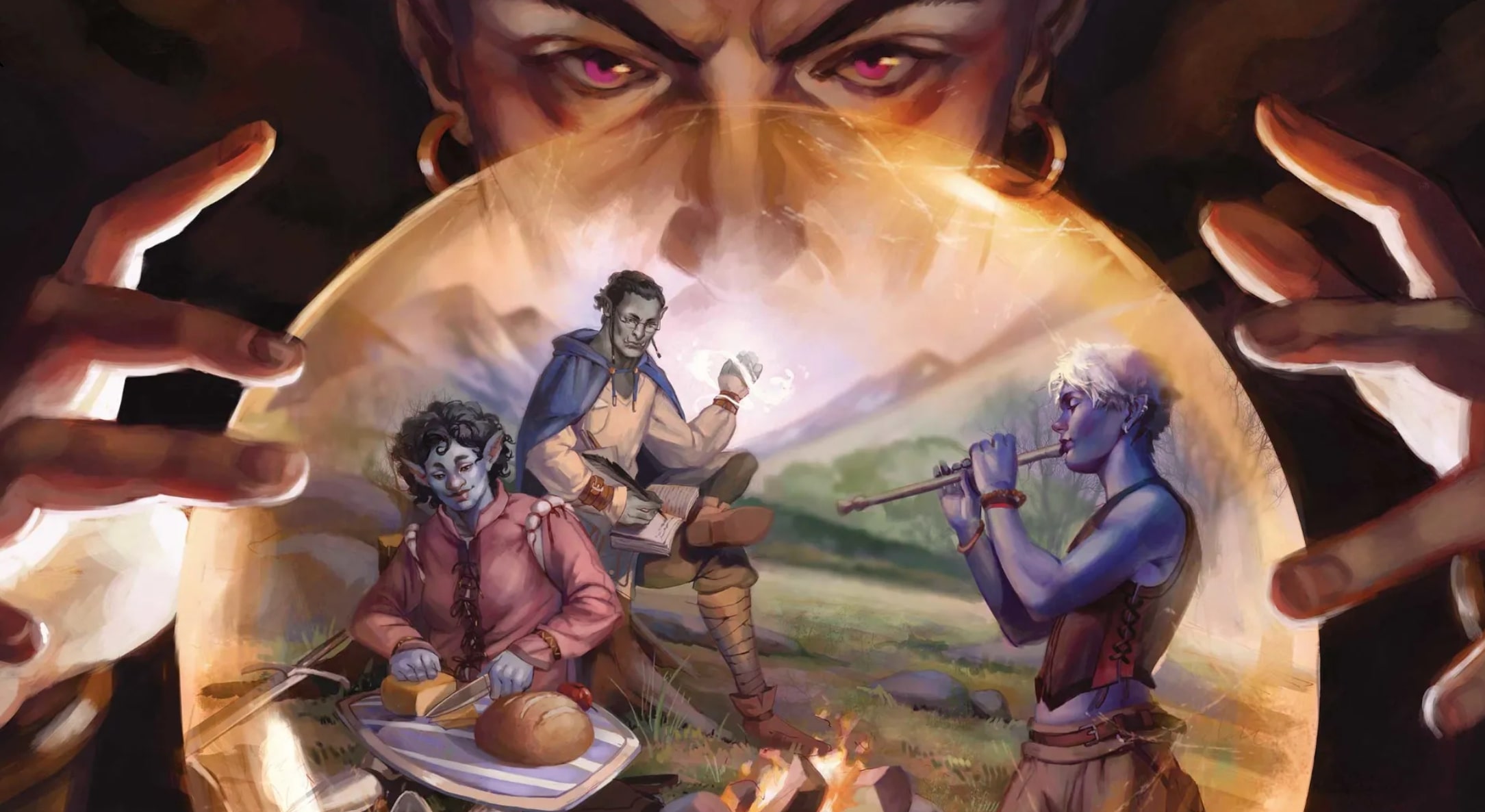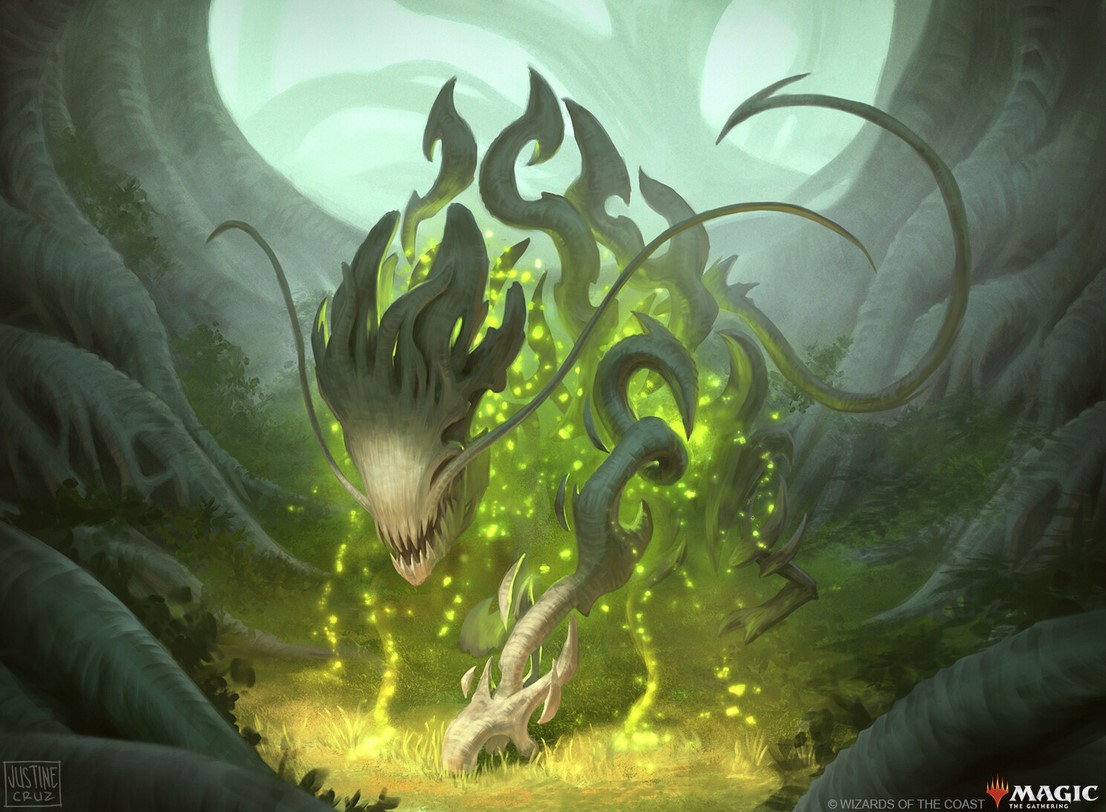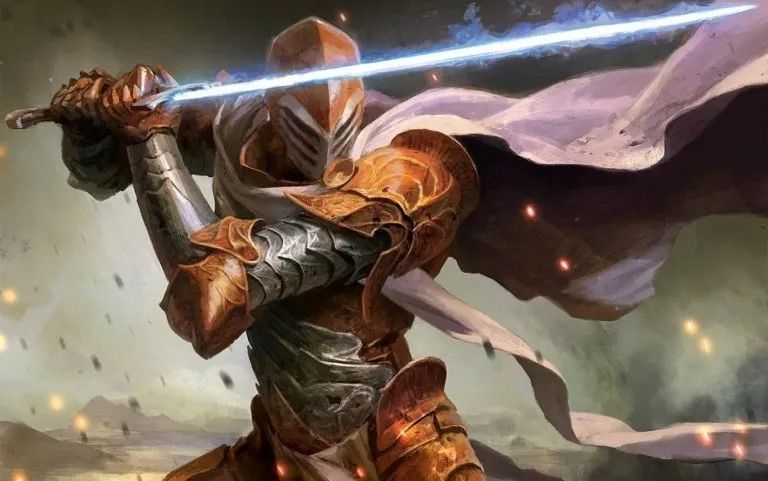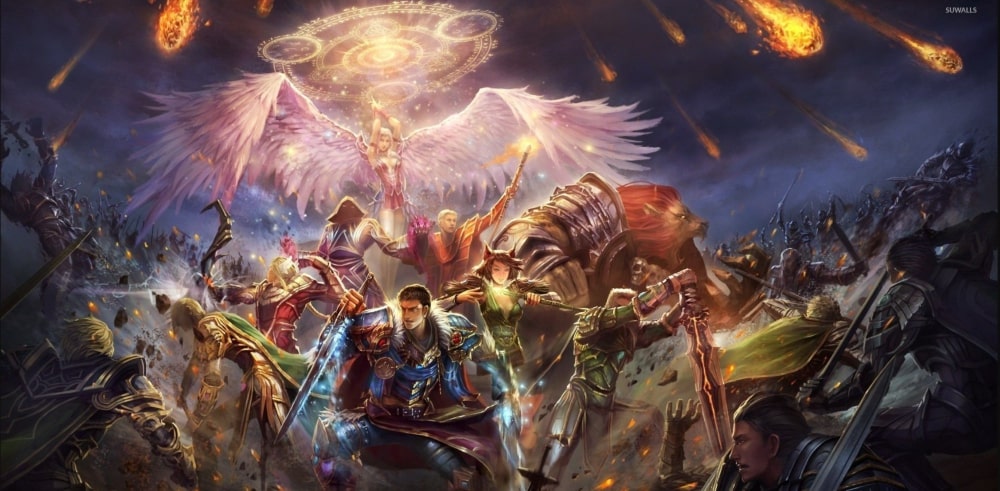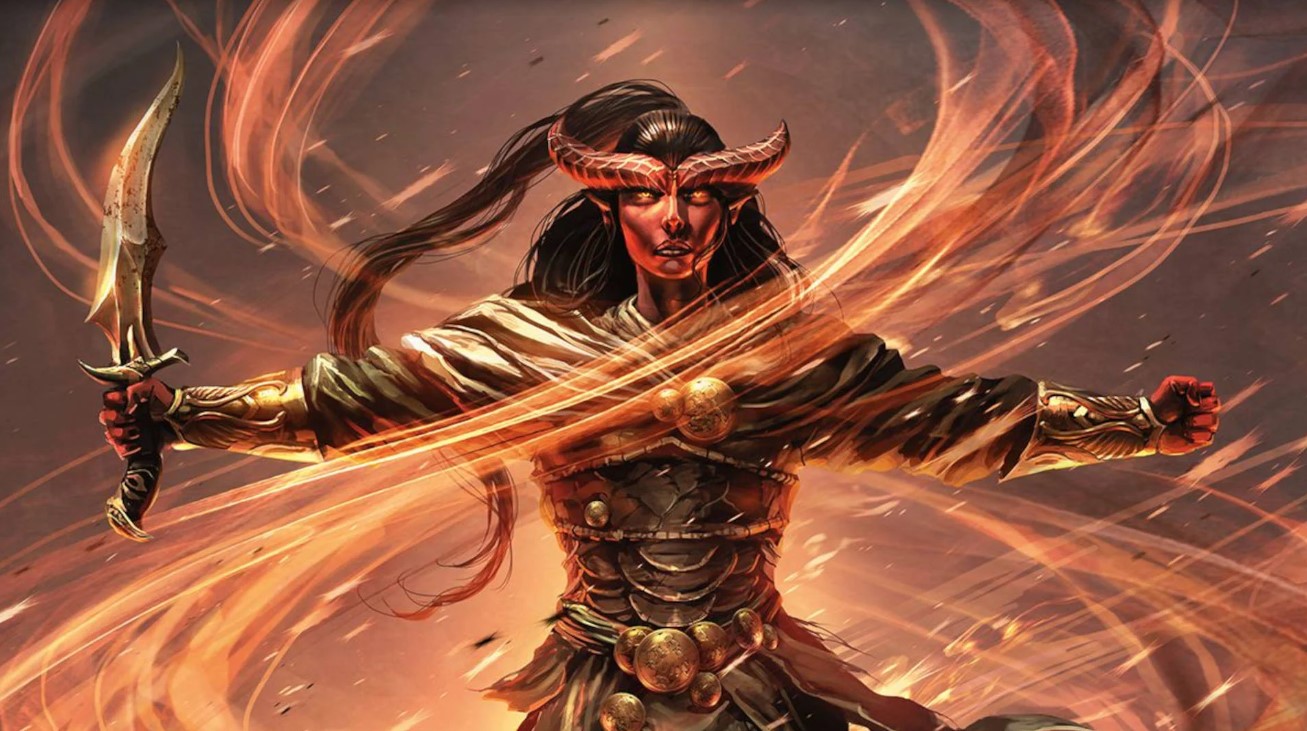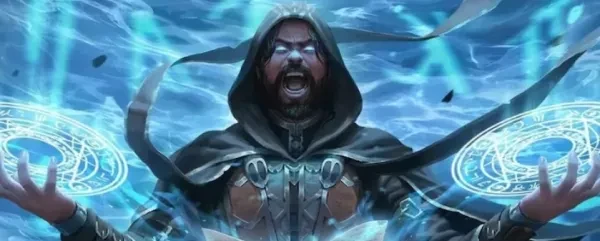
Worldbuilding for your first D&D campaign can be a daunting task; the creation of an entirely new universe! One your players can run around and interact with in the course of the campaign. It’s exciting, but you might not know where to start.
Fear not! This guide will walk you through some strategies to build out every aspect of your next D&D setting.
1. Finding your narrative
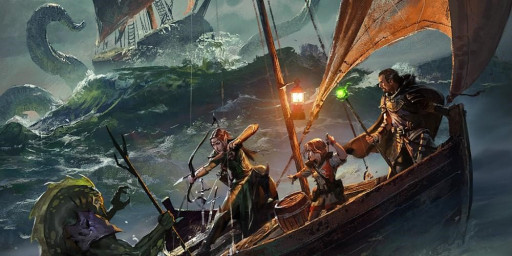
Before you start worldbuilding, it is critical to think about what kind of story you are trying to tell in your D&D campaign. If you want to tell a swords and sandals tale in the style of Conan the Barbarian and then make a world flavored after Studio Ghibli's Howl's Moving Castle, your players are going to be pretty confused. Your worldbuilding should support the kind of story you want to tell.
Tips
- Read through the “flavors of fantasy” section in the 5th edition “Dungeon Master’s Guide,” for some useful starting points.
- Think about some of your favorite pieces of media and how you might like to emulate their plot structure? A narrative similar to the Harry Potter franchise is very different to The Witcher.
- Think about how the story you want to tell might impact what you need from your setting.
- Talk to your players! If none of them are interested in your plot, then find a table that is, or create a new plot!
2. Finding inspiration for your world

Now that you have a rough idea for what kind of narrative you want for your campaign, it’s time to gather inspiration for your world. This phase is all about discovering the ideas and images that excite you the most! Remember, “good artists copy, great artists steal!”
Tips
- Look at your favorite pieces of media. What moments, images or pieces of worldbuilding excite you?
- Flick through some published campaign settings, and see what makes them unique.
- Find or make a soundtrack for your world or its regions.
- Make a moodboard, blog or scrapbook for collecting images and ideas.
3. Start small
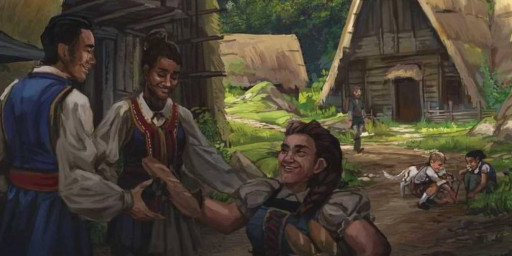
Decide, in the scope of your world, where you think most of the campaign is going to take place. At this point in the process you may have elaborate ideas for multiple nations all interacting with each other. But if it’s your first time worldbuilding a D&D setting, It’s useful to pick a small but diverse location. Set your adventure in a kingdom rather than planning a globe trotting adventure.
Tips
- Parts of your world outside of the scope of the campaign may only need a few lines to describe. Your player’s won't go there, but it’s useful to know some basic information that you can bring up to make the world seem more fleshed out. It also keeps you from doing a bunch of work no one will benefit from.
- Feel free to pick - or create - a diverse region with lots of varying geography and cultures to keep you engaged.
- Think of it as making your worldbuilding about quality over quantity.
4. Thinking about Facets
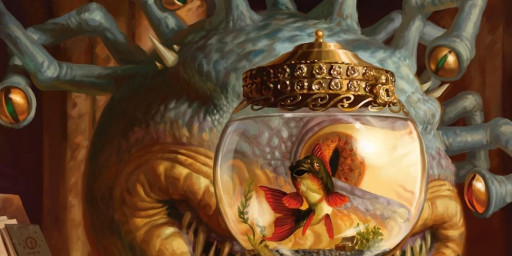
Using facets is an easy and flexible way to worldbuild. If you cover every facet, you’ll create a world that feels real, deep and complex. The facets are:
- Social
- Political
- Economic
- Religious
- Military
- Crime
- Magic
- Geography
- History
- Aesthetics
- Prominent people, locations, organizations and events
You can apply this process to your whole world to get a good snapshot of everything. And then use it again to focus on specific nations, cities, towns and villages. You can start your worldbuilding with any facet, though we’ll be working our way from the top down.
Tips
- Start with what inspires you about your world or the part of it you’re building. For example, if it’s the sights, smells and sounds, start with aesthetics. If it's the power structures, then start with politics.
- When working through facets don’t be afraid to go back and edit previous sections if you have new ideas. Developing one facet often leads to ideas about another.
- Try to focus on what is either going to be relevant to your story or your player characters.
- Remember that facet’s interact. For example; what is economically hard to get is likely to make someone politically powerful if they acquire it. Then making them a target for crime.
5. Social
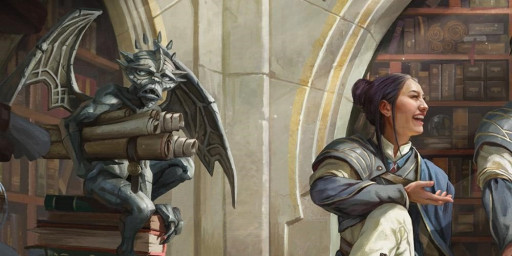
The party has to sneak into the Duke’s gala. They aren’t allowed in. They aren’t nobles after all...
Merchants are always welcome in Smugglers Den. They make great business partners...
The sign above the tavern door reads; “no dogs or tieflings allowed.”...
The “social” facet refers to some of the unspoken social structures in your worldbuilding. Think, “cliques,” like from highschool. What groups of people mix or avoid each other. What kinds of people make up a world or region in terms of race or religion? How can you tell different groups apart? Maybe some areas are blocked to certain player characters because of their social group.
Tips
- Make a mind map, or a couple mind maps, of the major social groups in your world or region. Use lines showing if they have a positive or negative relationship. These can include groups like nobles, merchants and peasants. Or groups based on lineage like the relationship between elves and humans in your setting.
- Think about your player character’s backgrounds and what social circles they might be assumed to be a part of or excluded from as a result.
- Think about how a character can tell apart members of a social group at a glance. What clothes do different “cliques” wear, how they talk or what they smell like.
6. Political
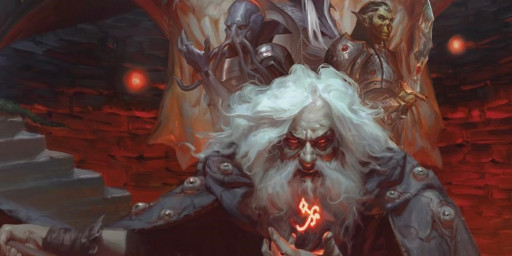
Peasants in the city square, swearing fealty to a newly crowned queen…
An advisor accepts a bribe in the back rooms of the council chambers…
The senate hall echoes with the shouts of arguing representatives…
The commoners vote for a new village leader…
The “political” facet is all about power and the shape of power in your world. Who has it, and why? What structure does power take ? Is it an absolute monarchy? A democracy? A military dictatorship? And how does it manifest in the lives of citizens and adventurers? Are people mostly free to do as they wish, or are they under the thumb of the government? Which groups of people are under close scrutiny?
Tips
- Look at real world political systems and take inspiration from them.
- Consider the role corruption might play in a political system.
7. Economic
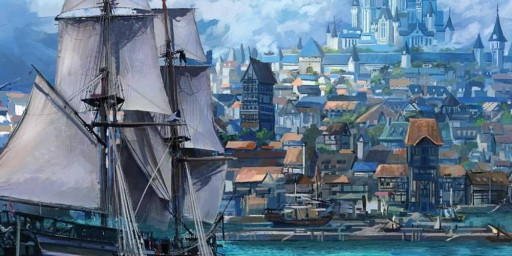
A trade caravan laden with jewels bustles down a wide road…
A market square, filled with magic items of every possibility…
The locals farm herbs used for making health potions…
A new supply ship is in harbor full of overpriced food from the mainland…
When it comes to the “economic” facet, the thing worth thinking about is supply and demand. While the economic aspect of your worldbuilding might sound boring or tedious, it’s great fodder for storytelling and adventure hooks. Why is demand for these crystals so high among the wealthy? Why is metal so hard to get? Where can we go to buy this rare thing? Why aren’t food supplies reaching the city? In light of supply and demand, the things NPCs and players own can reveal a lot about them. What in your world is a sign of wealth in one place, but poverty or malice in another? And who controls the supply of certain products.
From this information, you can draw up quests that feel realistic in your setting.
Tips
- You can probably start to see now how the facets interact and weave together. Lean into that.
- For the economic facet, just focus on supply and demand. What is easy or hard to access in different parts of the world.
- Make it matter to the players. Maybe a region is known for its master craftsmen who make amazing weapons, or spell paper is incredibly cheap in one city. It encourages your players to travel for the best deals and explore more of the world.
8. Religion
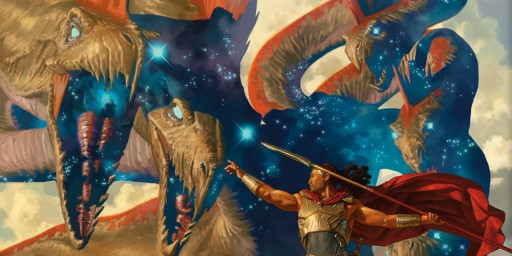
The cathedral echoes with the chants of the choir…
An adventurer mutters a prayer for good luck before casting a spell…
Supposed heretics carry out their prayers in secret basements…
The king is crowned in the name of God…
There’s a new faith healer in town…
The “religion” facet has to do with how faith and religion manifests in your world. In many D&D games, religion has a tendency to feel somewhat detached from the rest of the worldbuilding. It might play a large role in the narrative and gameplay, with plot points and player character abilities hinging on the will of the Gods. But there’s no sense of how religion is seen in society. Is religion banned, or are some faiths banned? How do different people of differing cultures and social classes practice their religion? Does religion play a role in economics, affairs of state, or war? How do you know if a side of town is popular with a certain religious group? Are people tolerant of other religions? These are all things worth thinking about if you want to make religion feel alive in your setting.
Tips
- Take a brief look into our real history to see how religion affects art, culture and politics.
- There’s no need to invent a new pantheon. Don’t be afraid to borrow God’s from the Player’s Handbook appendix “Gods of the Multiverse.”
- If you enjoy inventing complex mythologies, you may. But don’t feel like you need a complex mythology unless the plot hinges on your players understanding it.
9. Military
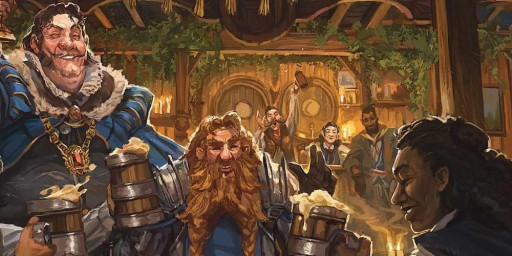
The marine’s have once again started a bar fight at the dockside tavern…
Noble knights train in a battleschool courtyard…
A serf is dragged away from her family to be drafted…
Officers plan their next move in a tent while snacking on delicacies…
A mercenary band waits in ambush for their foe…
How do nations and large organizations in your world attack and defend themselves from threats, or use their might to access the things they want. As with all the other facets, the focus should be on how the military is present in the life of your world. A conscript army and a volunteer force have very different impacts on the lives of NPCs in your world. Is the army underfunded? Overwhelmingly controlled by the wealthy? Is it peacetime? Is your world in conflict? And is it an open war or a cold one? And what about mercenaries and militias? Are people proud to serve? And what is the military culture? If your player character’s are locals, might they be called to serve?
It’s worth thinking about how the military views adventurers and sellswords like your party as well. With indifference? Hostility? Partnership?
Tips
- Much like how you don’t need to build a complex mythology for the religious facet of your worldbuilding, you don’t need to build a complex structure of ranks and branches unless it’s relevant to your narrative.
- Avoid making your military too powerful. If you make your military too strong, then there’s no conceit for the adventurers to go out and fight world-ending threats, or even small threats if the military is prolific enough.
10. Crime

A pickpocket works their way through a crowd…
A crime family convenes in a luxurious manor house in the countryside…
City watch chases a murderer through busy streets…
It is said that the merchant has a black market in the back rooms of his warehouse…
A smugglers cove busy with thieves guild activity…
Ah, the “crime” facet. So often the secret spice of many fantastic campaigns. This facet isn’t just about what is legal and illegal. It’s also about why things are illegal, how the law is enforced and who breaks the law. Think about why something is illegal for some people, but legal for others, or why a law would be unequally enforced. And how does law enforcement work? Is there an official law enforcement organization? Is it competent? Corrupt? Mostly made up of decent people? Who do they answer to, and how far is their reach? Or is all law enforcement done through militias and bounty hunters?
Tips
- In the real world, crime is often driven by social and economic factors. Look at those facets if you’ve already created them to help guide you.
- Like with the military facet, don’t overtune any law enforcement branches you make. Otherwise, the need for adventurers to help society makes less and less sense.
- Don’t be afraid to make more than one criminal organization in your setting or its regions. Different criminal groups can have different specialties.
- Think about how the law affects your players. If magic items are highly regulated, then they may have to work or trade with criminal groups. The same can be done with any resource important for an adventuring party.
- Take a look at real world laws from history. For example, sumptuary laws from the medieval period which regulated what non nobles could own, including some colors of fabric.
11. Magic
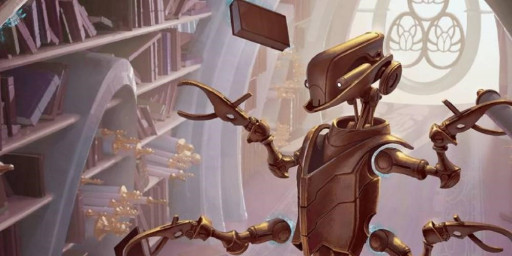
The wizard presides over his tower…
The nearby magic school takes in students at the start of the new year from all walks of life…
Only witches practice the arcane and alchemical, and hide out in the woods to do so…
The church has banned all non-faith magic…
Most D&D settings have some amount of magic present, be it arcane or based on nature or religion. The style of narrative you’re trying to tell will generally dictate how much magic is in your world, with high fantasy narratives often having the most.
It’s useful here to think about who has access to magic and how. A society where almost everyone has some arcane training makes a very different culture than one where magic is banned entirely, or only accessible by a few. And what about cultures where certain schools or types of magic are idolized? A culture that views evocation magic as the highest form of art, is going to be very different from one that values transmutation or necromancy.
Thinking carefully about magic in your worldbuilding can add a lot of flair and style. A military dictatorship that trains promising students to read the minds of dissidents A merchant who literally charms his way through deals. If construction workers can fly or breathe underwater, or be made resistant to certain kinds of damage, what kind of structures could be built in a city?
Tips
- If you’re not sure where to start, look at the major spell schools or read through spell lists found in 5th edition sourcebooks
- Look at depictions of magic in pop culture or different D&D settings for inspiration.
12. Geography

The natural world in a D&D setting isn't just a source of wonderous splendour. It can also be very hazardous.
Rolling hills and mountains tall…
A massive ocean dotted with white, sandy islands…
A city built in the flaming mouth of a volcano…
A university hidden deep in the jungle…
The “geography” facet isn’t just the physical world, but it is mostly. What the environment is like across your setting. Thinking rationally about the environment can help you connect cities and regions. If there are mountains, where are the mountain passes? Where are the rivers, roads and oceans? Where are the locations that are hard to live or pass though like swamps? All these dictate where people congregate and form villages, towns and cities.
Geography also refers to man-made boundaries. The lines on the map that separate nations or kingdoms.
Thinking about what resources are available because of the geography is also important. Great farmland means that the main economic driver is probably going to be produce. Rather than a city in the mountains which might rely on mining. Maybe a settlement is in the middle of nowhere, resource wise, but is at a junction between different regions, making it a trade town. Hopefully, you can see how this would impact other facets. Gods of harvest are likely to be worshiped in the first town. In the trade city, the merchants likely have a lot of political influence, if not direct power.
Tips
- Look at maps, fantasy or otherwise, for some inspiration.
- Draw your own map! If you’re not an artist, don’t worry, this can just be for your own reference.
- Research some real world cultural groups who live in extreme environments, like the arctic or in deserts.
13. History
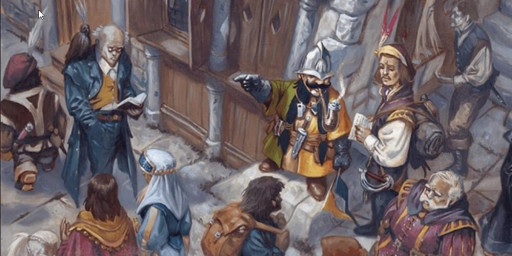
Farmers still occasionally turn over a sword with their plow, a sign of the battle that founded this land… the old graveyard on the hill, no one knows who built it… We elves founded this kingdom when this land first formed, and it’ll be here until it breaks apart again…
History, like religion, is a facet you can easily get carried away with . If you want to write the annals of your world’s history, by all means, go full Tolkien. But generally, the broad strokes are all that is necessary unless you make some of the history plot relevant. Remember, most of what your players are going to learn is going to come as a result of a brief verbal description by the dungeon master. You only really need to know enough of the history to help inform some of the other facets.
Knowing at least a little about the history of your world or its regions can add a lot of depth if you deploy it well. A statue in a park of the king four generations ago, who had a love of arts. The cursed ancient battlefield where the locals don’t dare to wander. It makes your world feel older, like it existed before the players arrived, and will be there after they’re gone.
Tips
- Look to real world history. Even pop-history websites can give you inspiration or examples to draw from.
- Think about how all the other facets might affect the history of a region or location, or vice versa.
14. Aesthetics
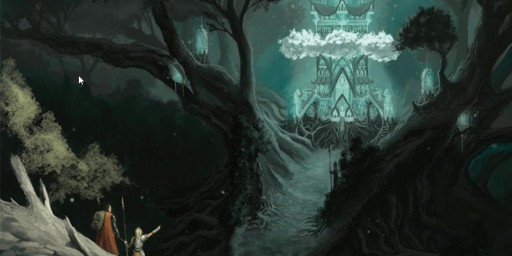
A city made of marble, shining in the sun like it’s cut from silver…
Muddy streets smelling of filth…
A town protected by a splintery wooden palisade…
A harbourside market, with merchants hawking strange baubles in a languages you do not speak…
Very often, the “aesthetics” facet is my first point of inspiration for worldbuilding a whole setting or a region. A striking image to excite or strike fear into my players. After I finish working on every other facet, I come back to work on aesthetics one last time, with all the other worldbuilding in mind. As a result of every other facet, what does the region smell like, sound like, look like? What are the major landmarks and locales? What about the people? What do they look like, and how do they sound?
Aesthetics is, in a lot of ways, the culmination of all the other facets. It’s putting words to the world you’ll transport your players to, and the point where you’ll often be able to see the world you’ve built in your own mind.
Tips
- If you have to pick between realistic or exciting and a little wacky, pick exciting and a little wacky. It’s far better to have your world be memorable than logical.
- If you’re stuck for inspiration, look over the other facets.
- Don’t just think about the accidental stuff. What does the art look like, food taste like, music sound like? What is being done deliberately , and is it different from what has been done before?
15. Prominent People
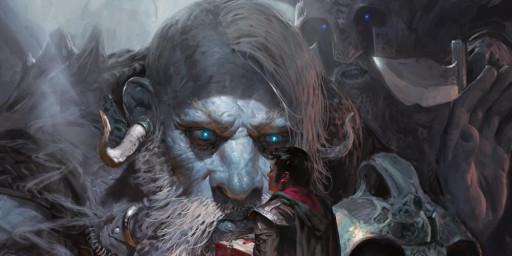
A king on his throne and his trusted advisor… a warchief preparing his swarms of troops… the merchant guildmaster meets with his constituents… the high priestess at the pulpit…”yeah the best blacksmith in town, he lives that way.”...
This isn’t just about the most important people in the world. The kings and powerbrokers who make things happen, who control the lives of others. It’s also about the most important people in a region or a city. Most critically, it's about the people your players will be interacting with. The guard captain, the party’s criminal contact or noble patron. And we cannot forget shopkeepers.
Tips
- Less is more. Don’t have two NPCs if one will do and serve the story just fine.
- Don’t be afraid to make your NPC’s a little zainy or caricature-ish. As a rule, it’s a lot more fun to meet a wacky NPC than a stoic one..
- Find or create distinct names for your NPCs so they’re easier to remember. Choose names that sound different when spoken.
- When making shops, make as many one stop shops and one stop NPCs as possible. Don’t make a separate armor and weaponsmith unless you have a good reason, like a sidequest. Otherwise, your players won't remember them anyway.
16. Prominent Locations
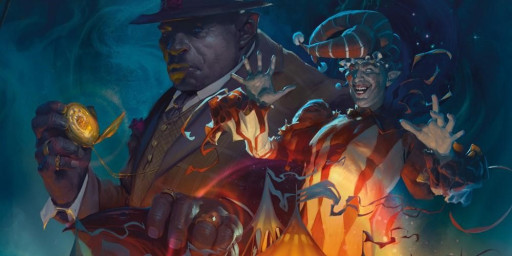
The lines on the map, separating one nation from another…
The opulent keep where the king lives…
The dark forest just outside of town…
The city on the mountaintop…
“You’re in the red light district.”...
At a global level, this can be a quick overview of the major powers or nations, and their capital cities. At a regional level, these are the major towns, cities and other landmarks. Man made landmarks like mines or dams, as well as natural locales like forests, lakes and mountains.
Inside a city, these are the major districts or prominent landmarks again. The market, the senate building, the right and wrong side of the tracks.
Tips
- Parts of your world that aren’t going to be explored in the course of your adventure don’t need more than a few details. Maybe what the city or region is known for and its main population. Is it mostly elves, for example, or dwarves? Is it a trade hub?
- Think about how to make your prominent locations unique from one another. Look to your work in aesthetics for some pointers.
17. Prominent Organizations

The thieves guild…
The merchants circle…
A knightly order of nobles sworn to protect the kingdom…
A group of peasant rebels…
This is typically used to describe organizations outside of the government. Criminal networks, guilds, orders, unions, even prominent businesses. Think about what problems exist in your world for different groups of people, and how organizations might emerge to overcome them.
Tips
- Feel free to build out factions that your players can associate with in more detail than ones they can't.
- Think about real world organizations, like gangs or private fraternities, and the influence they have on their environment.
- If people want something, how do they organize to get that thing? What challenges might your world present that affect the shape of these organizations?
18. Prominent Events

The anniversary of the king's coronation…
Midwinter festival…
A saints day…
A military parade…
Market day, a weekly affair in the city…
One off events probably have a lot more to do with the plot or narrative of your game than its worldbuilding. While not essential, annual or more frequent events provide great set pieces. If your players know market day is a great time to meet people and get deals, maybe they pick that day for their shopping episode, or to gather information from unsuspecting traders. Or maybe you just let the players know that the town is busier than usual because it’s market day today. Annual events too can make great set pieces.
Tips
- While not essential, making a calendar for your world and dotting it with a few events occurring in a variety of places can be a great way to give the sense that the world is a real place.
- Prominent events make wonderful fodder for seasonal side quests. Coming up to Halloween? Well, would you believe it, there’s a spooky holiday event. And everyone loves a Christmas episode. These are hard to plan in advance, which is an argument against making a calendar, so you can keep it flexible
19. Write Walkthroughs
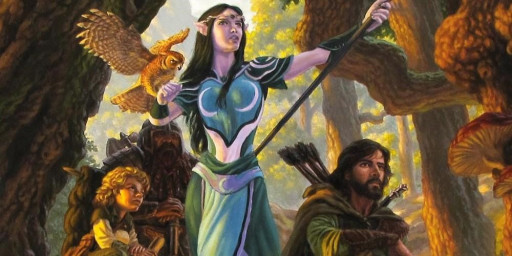
In game, one of the best ways to show off your worldbuilding is to have something called a “walkthrough” pre-prepared for key areas. For example, when your players are entering a new and unique region or a major city. A walkthrough is just a description of what’s new around them. The sights, sounds and smells that mark this place as different, and suggest the depth of your world. It’s called a walkthrough because, when pre-prepared, it’s easiest to write about cities. The characters walk from the main gate, through a few districts, and into the heart of the city itself.
You don’t have to read from the document verbatim, but it’s a useful tool for when your players visit each new section. And it can help you visualize these places as well.
Tips
- This is not a lore dump! It draws mostly from the aesthetics facet. What do players see, hear and smell that tells them this place is different? Show them the different social classes and how they behave The king's fortress on the hill, the bustling market filled with foreign merchants. The best way to do justice to your worldbuilding is to make it feel alive, not explain it to death.
20. Introduce Players to Your World
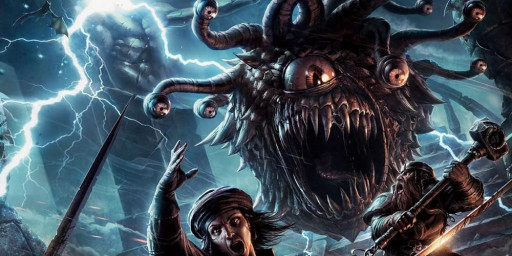
When working up for a campaign, the sooner you can give player’s information about your world, the better. It helps set their expectations for the game to come, and to prepare their characters to fit the world. Make a document with essential information about your setting. That is, information your players should know before beginning the campaign. Include general background information as a whole, as well as more specific information regarding where the bulk of the campaign will take place.
Tips
- Less is more. Your players likely have lives to lead in their own time, so make it a small document. You can always keep information in reserve to hand out if players want more details about a specific topic.
- Include a TL;DR section in your handout. This will have less of the worldbuilding and just include the absolute essentials that someone needs to sit down and play.
- Feel free to hit all the facets in your document when it comes to the starting or main area of the campaign.
21. Integrate Player Backstory
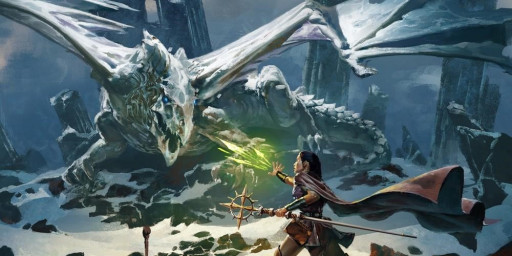
Once your players have a character in mind, ask for some backstory. A page or two is all that’s really needed. Here’s the important bit. Take that information and blend it into the world. Write another page back to the player that includes NPCs and organizations that the character is likely to know. This helps weave that character into the fabric of the worldbuilding you’ve already done, and makes the character feel like a part of this living world you have created.
Tips
- Work with your player. Don’t be afraid to add new ideas into your worldbuilding if a player has a cool concept about their character. A faction, for example.
- Again, keep the reply document small. You want to make sure they actually read it!
- If any problems come up at this stage, talk to your player about them!
22. Effectively distribute worldbuilding
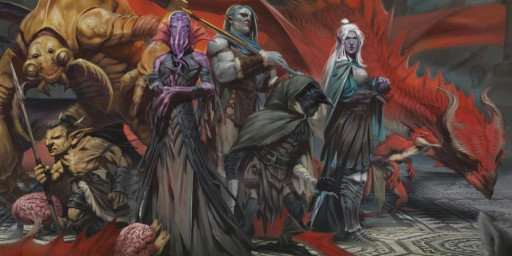
In any fantasy world, some lore dumping is going to be necessary. But how you do it can be the difference between your players feeling like they’re part of something alive, and their eyes glazing over.
Tips
- Integrate lore into description by thinking about what character’s already know that their players won't.
- Differential skill checks. For example; a character who is a bounty hunter by background, and another who was a criminal, are going to know different things about the same criminal organization. For critical skill checks, have this information pre prepared.
- Have ways for players to access information about the world in game if they are so interested. Libraries and museums, for example, where they can get the lore dump that some players are hungry for
- Integrate research and information about your worldbuilding into plot points where relevant.
23. Art and Props

While not essential, some simple art and props can help bring your world to life. Be that the coat of arms of various nations, wanted or information posters, law signs, letters or newspapers. These can be printed out and handed to players when they first find these resources. Maps are an excellent and useful prop as well.
Tips
- Look online for tools to help you.
- If the objects are printed on paper, a little bit of weathering by staining the paper with tea and scrunching it before folding it flat can add to the look.
24. Remember Player Agency

The minute you have players who are interested in your world and campaign, the worldbuilding process becomes collaborative. Integrating player backstory is the obvious example, but it goes into the game as well. Hopefully it’s become apparent that all the facets interweave and influence one another. So if your character’s do something to affect a facet, then there should be changes and consequences in the world,. The world you’ve built truly comes alive when it responds to the players pushing and pulling on it. If your characters help one faction triumph over another, injure a high ranking guild member, introduce a new fashion, or clear a safer path for goods, then these choices should have an impact.
Tips
- Let this play out naturally, as well as through deliberate plot points in your narrative.
- If your players set out to change the world, for example by making a new faction, encourage them to collaborate on the symbols and artwork for their organization.
25. If In Doubt, Have Fun
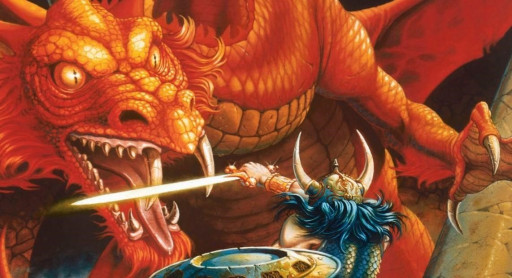
Worldbuilding can be a long, tedious, and thankless process at times. And if you let it, it can start to feel a lot like work. So, throughout the process, spice it up. Add in something random that you can’t quite justify as of yet and work your way backwards. Add wacky technology, or whatever you think is fun and interesting if you get stuck or bored. You’re creating a new world, and there will be times when it's just hard. But if you’re having fun with the process, it’ll come through in the final product.
